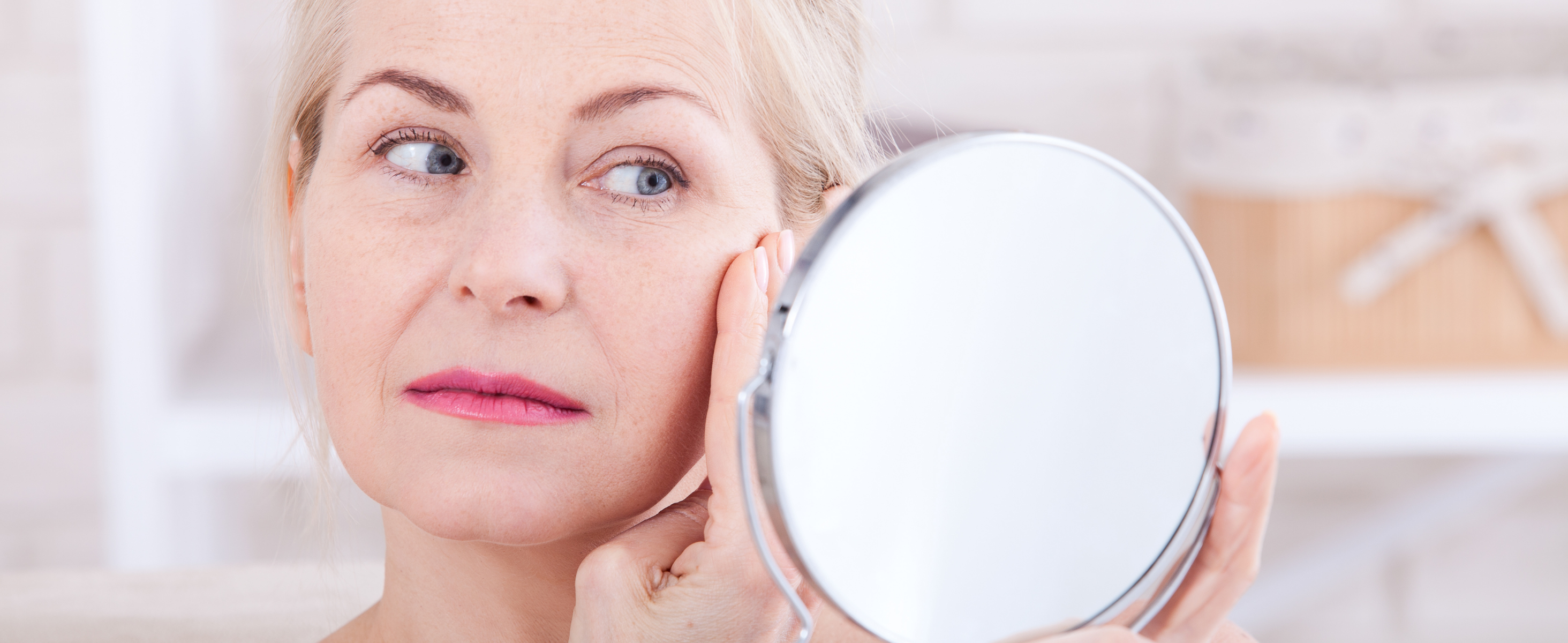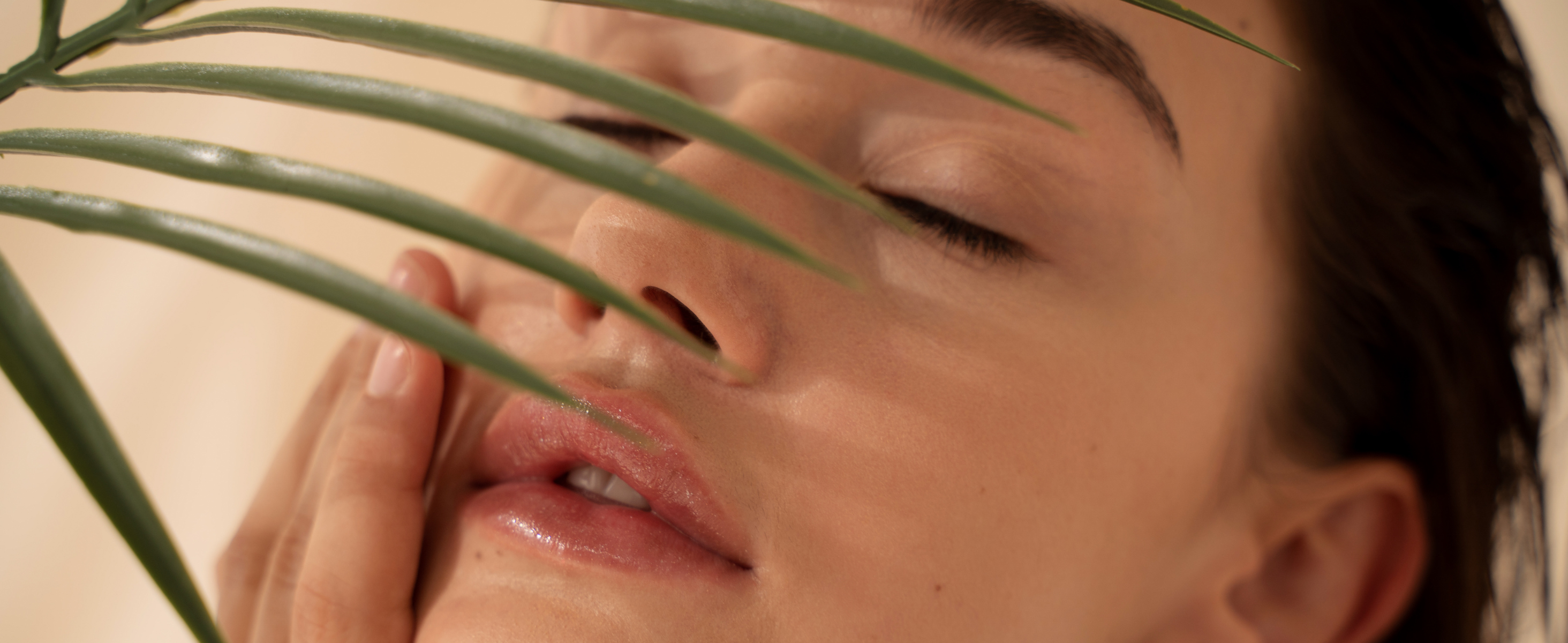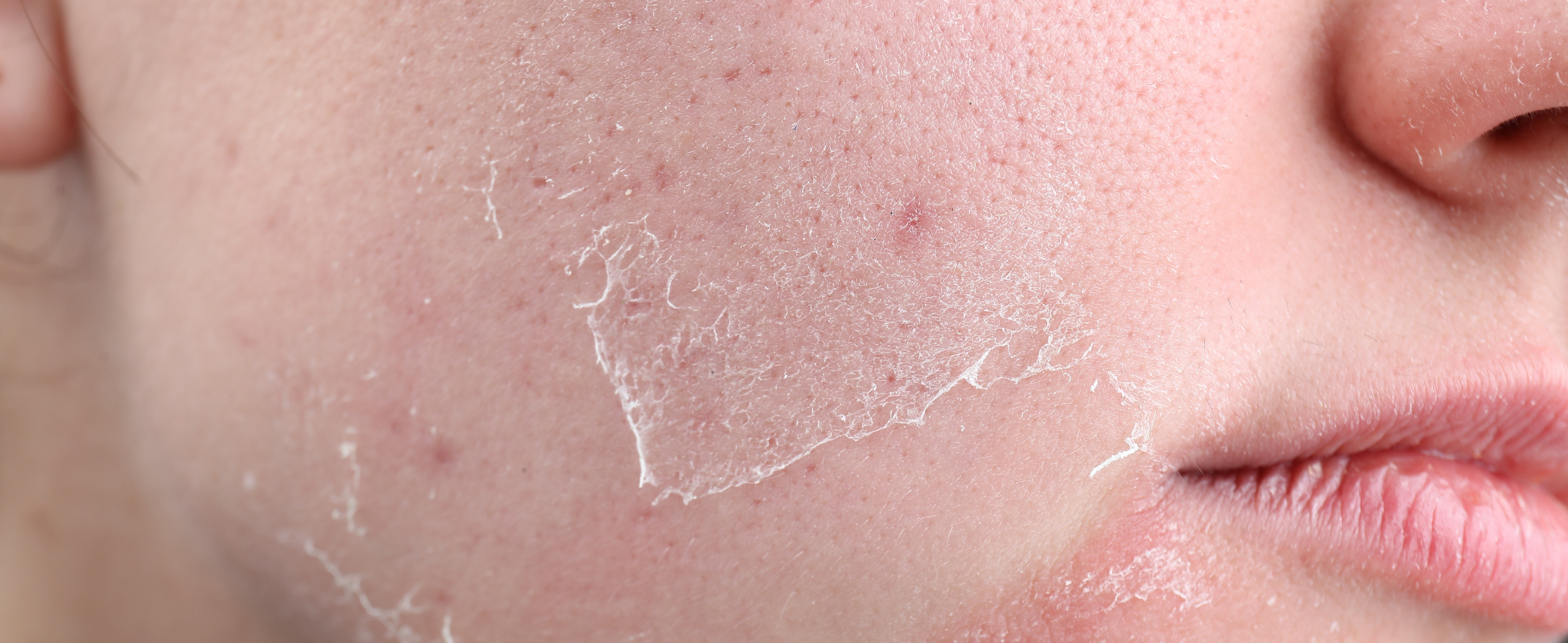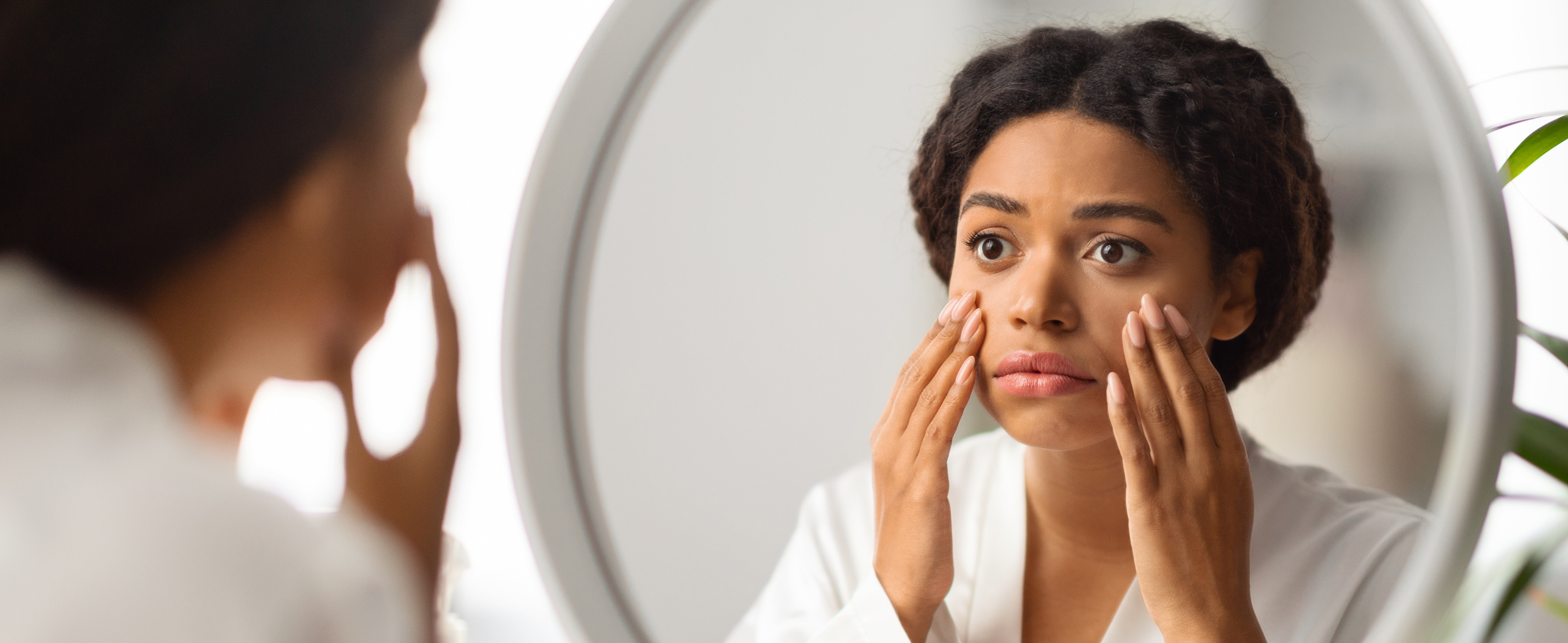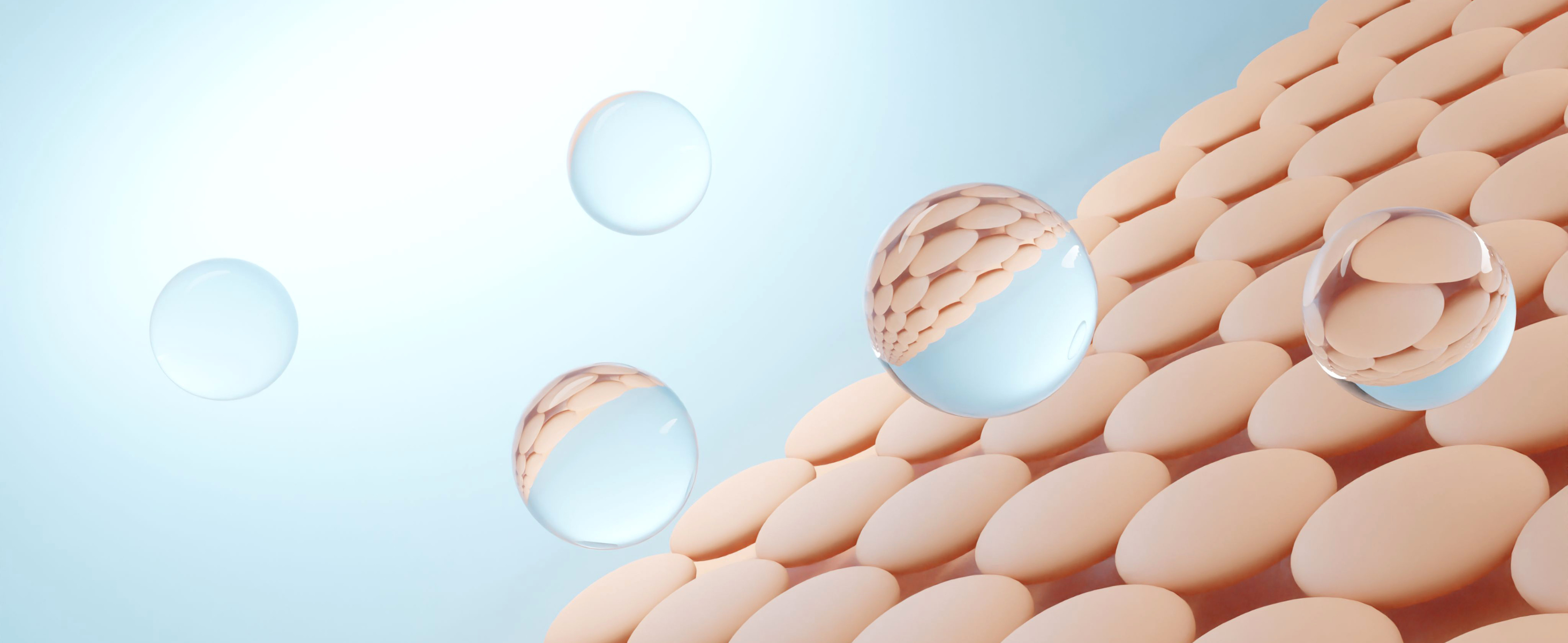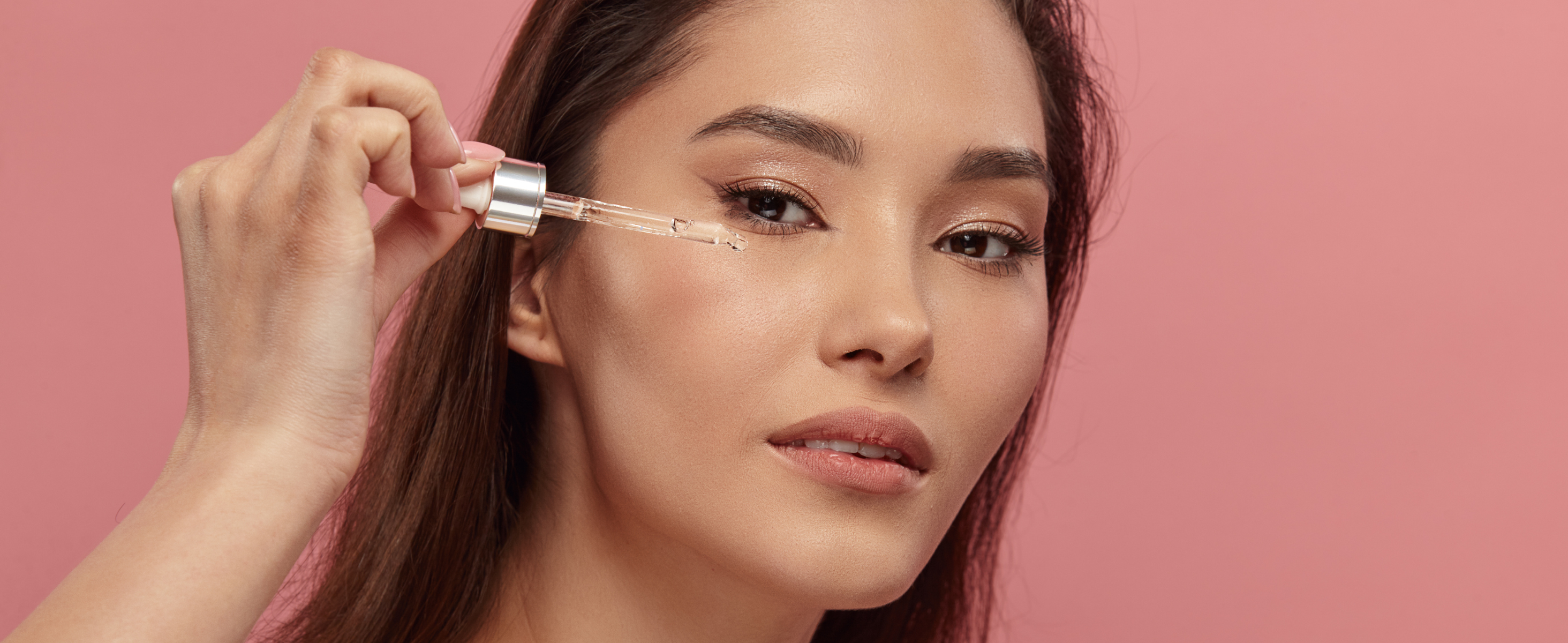Dry, flaky skin isn’t the only indicator that your skin is thirsty. In fact, many people experience signs of dehydration without even realizing their skin is crying out for help. When your skin lacks moisture, it doesn’t just affect how you look—it can compromise your skin barrier, speed up aging, and even trigger breakouts.
So how do you know if your skin is dehydrated, and what can you do about it? Below are the top 5 signs that your skin needs more hydration—and simple, effective tips to bring back that healthy, radiant glow.
1. Your Skin Feels Tight, Especially After Washing
One of the earliest and most common signs of dehydrated skin is a tight or uncomfortable feeling—especially after cleansing or showering. It might feel like your skin is being pulled or stretched, even if it’s not visibly dry.
What to do:
Swap harsh, foaming cleansers for a gentle, hydrating formula. Look for products that contain glycerin, ceramides, or hyaluronic acid, which help retain moisture in the skin. After washing, apply your moisturizer immediately while your skin is still slightly damp to lock in hydration.
2. You’re Noticing More Fine Lines Than Usual
Dehydrated skin can make fine lines and wrinkles appear more pronounced—especially under the eyes and around the mouth. These “dehydration lines” aren’t necessarily permanent but can make your skin look older and more fatigued.
What to do: Introduce a hydrating serum into your routine—preferably one with hyaluronic acid, which acts like a sponge by drawing water into the skin. Layer it under a rich moisturizer to seal it in. Drink plenty of water throughout the day to hydrate from within.
3. Your Skin Looks Dull or Lackluster
Healthy skin reflects light. Dehydrated skin, on the other hand, often looks tired, flat, or sallow. The lack of moisture can disrupt your skin’s natural radiance and make it harder for skincare products to absorb properly.
What to do: Exfoliate gently 1–2 times a week to slough off dead skin cells that can block moisture absorption. Follow up with a hydrating toner or essence and use a moisturizer with ingredients like niacinamide, panthenol, or aloe vera to restore your glow.
4. Flaking, Peeling, or Rough Texture
While dry skin and dehydrated skin aren’t the same, they can overlap. Dehydration refers to a lack of water in the skin, while dry skin is a lack of oil. However, when your skin is extremely dehydrated, it can start to flake or feel rough to the touch—especially on the cheeks and forehead.
What to do: Use an occlusive moisturizer that forms a protective layer on the skin to prevent water loss. Ingredients like squalane, shea butter, and petrolatum are great for sealing in hydration. You can also consider using a humidifier in your room, especially if you’re in a dry or air-conditioned environment.
5. Increased Sensitivity or Redness
When your skin’s moisture barrier is compromised due to dehydration, it becomes more prone to irritation, redness, and sensitivity. Even products you’ve used for years might suddenly start to sting or cause discomfort.
What to do: Go back to basics with a minimalist routine focused on hydration and barrier repair. Avoid alcohol-heavy toners and exfoliants for a while, and opt for calming ingredients like centella asiatica, colloidal oatmeal, or allantoin. A barrier-repair cream with ceramides or fatty acids can work wonders in reducing inflammation and restoring balance.
Hydration Boosting Tips for Everyday Radiance
In addition to adjusting your skincare routine, here are a few lifestyle habits that can support better skin hydration:
- Drink plenty of water – Aim for at least 6–8 glasses per day.
- Limit caffeine and alcohol – Both can act as diuretics and dehydrate your body (and skin).
- Eat water-rich foods – Think cucumbers, watermelon, oranges, and leafy greens.
- Don’t skip SPF – Sun exposure not only damages the skin but also depletes moisture.
- Use hydrating masks – Once or twice a week, treat your skin to a boost of moisture with sheet masks or gel-based hydrating masks.
Final Thoughts
Your skin is constantly sending signals—it’s up to you to listen. Dehydration can affect anyone, regardless of skin type, and recognizing the early signs can make all the difference in maintaining a healthy, vibrant complexion.
By making small but consistent changes to your routine and habits, you can restore hydration, strengthen your skin barrier, and bring back that smooth, luminous glow.


